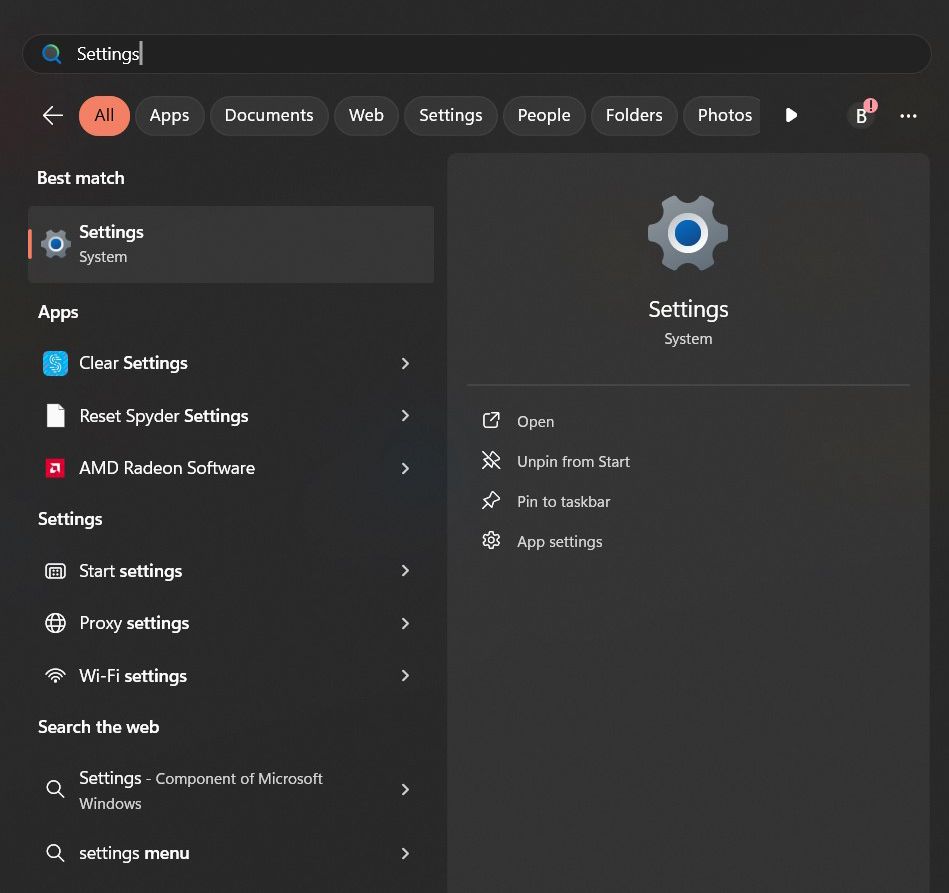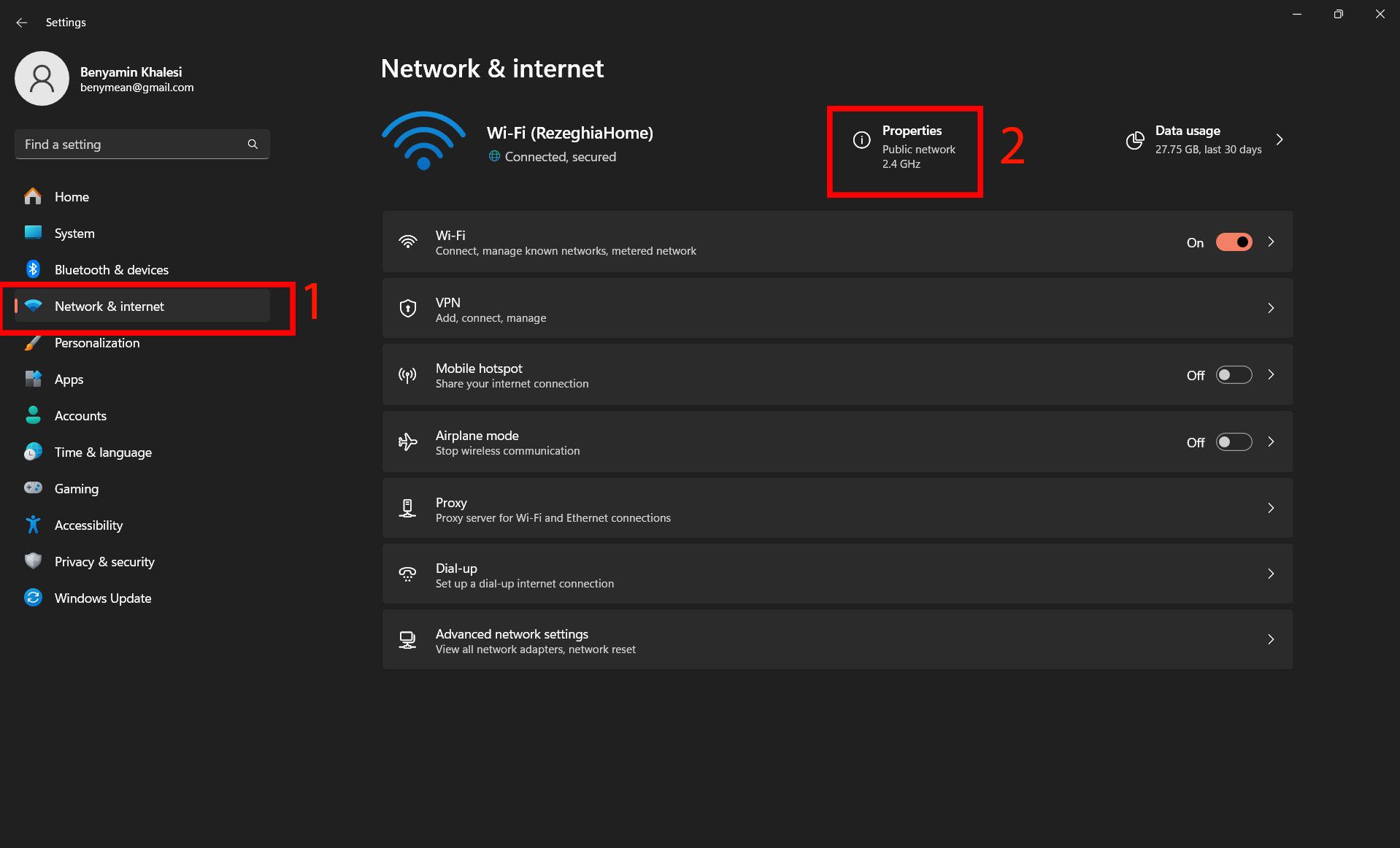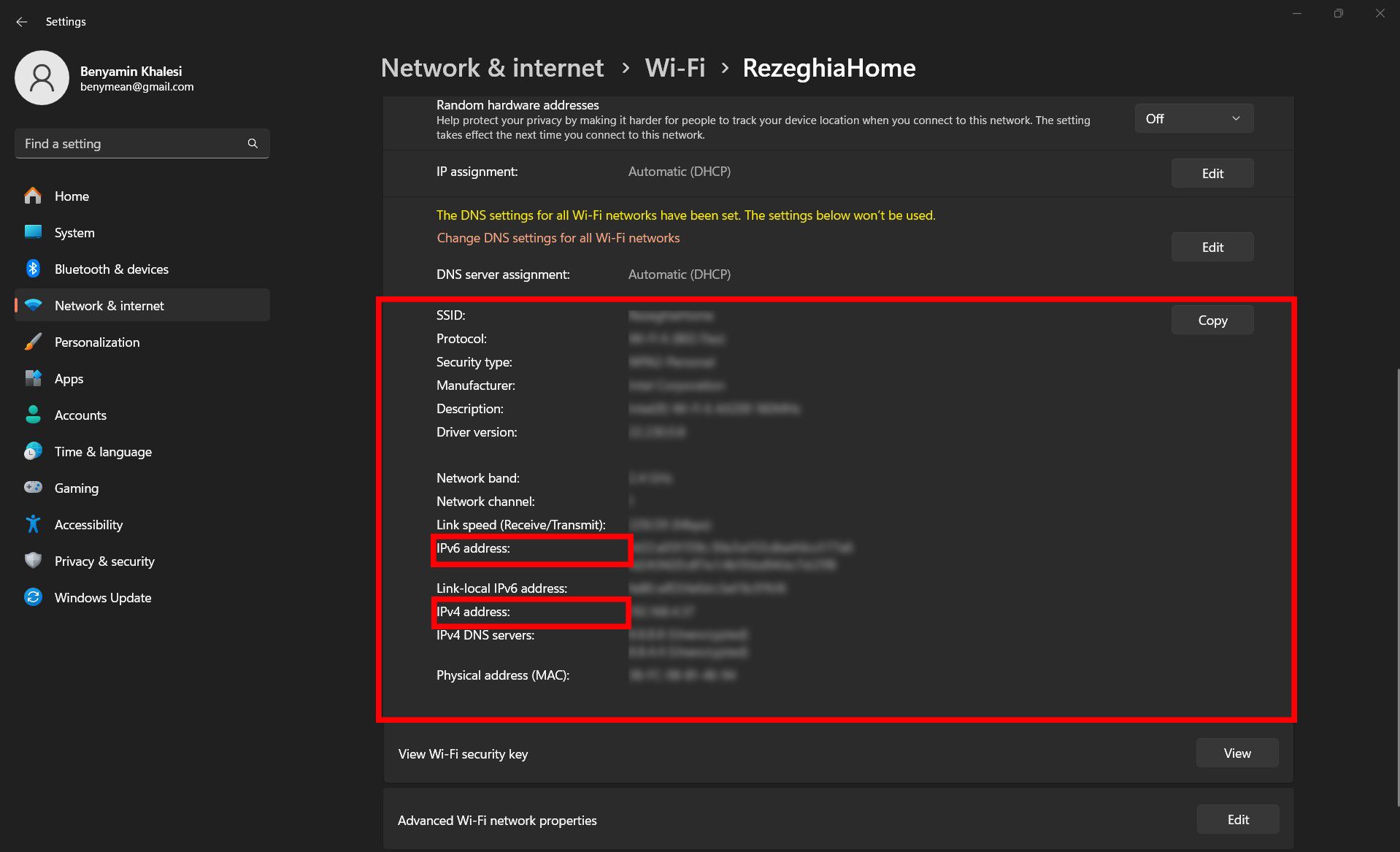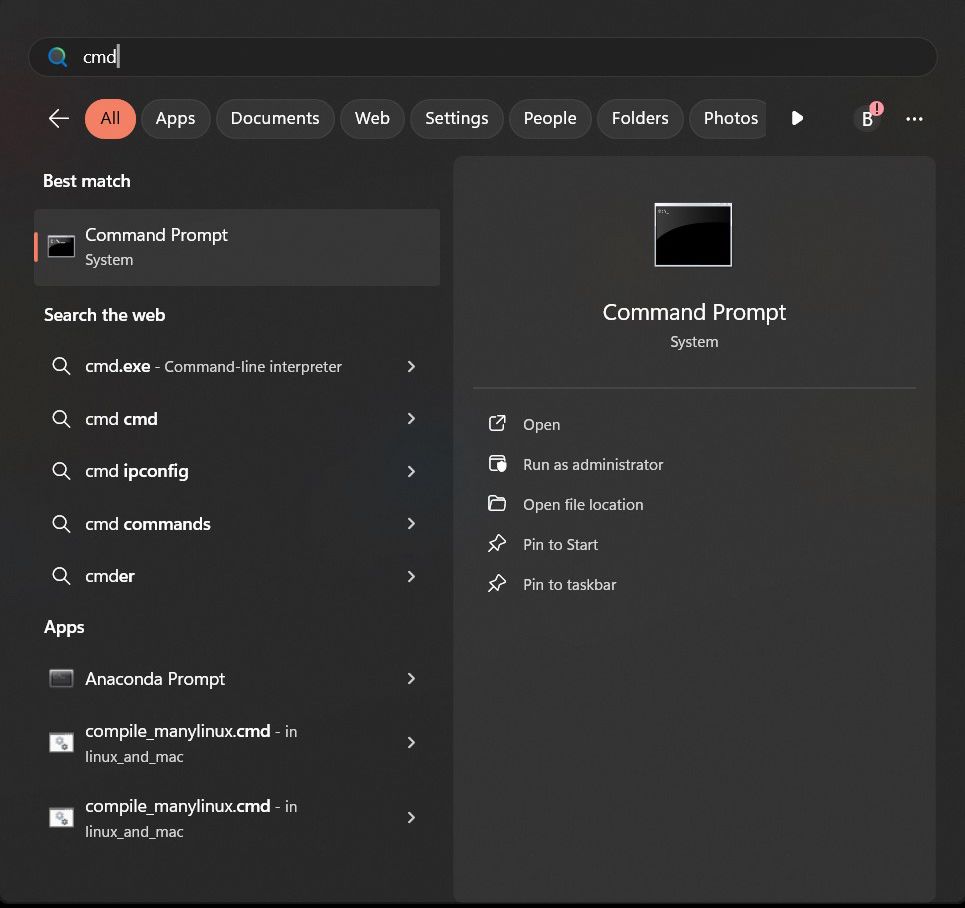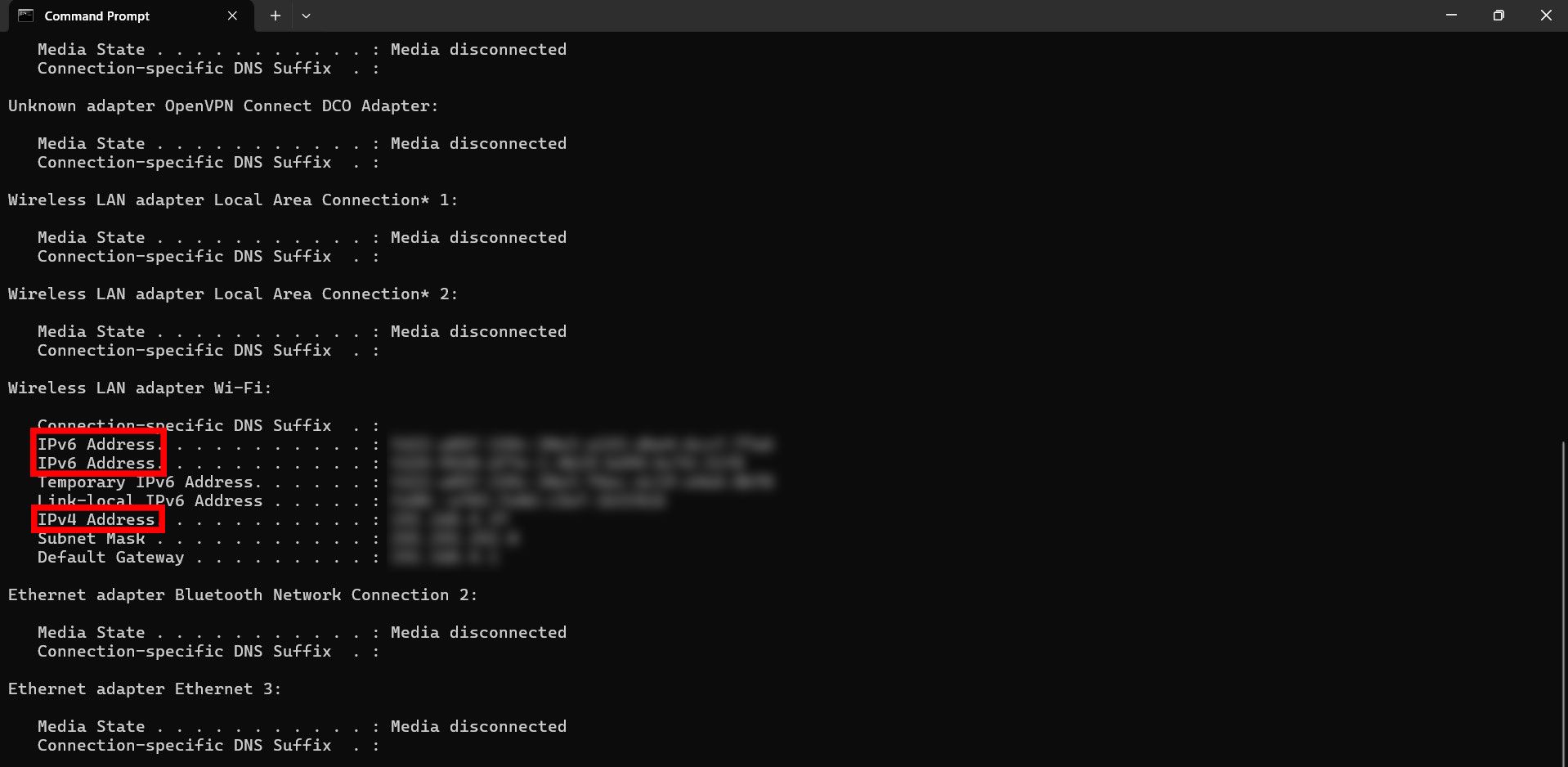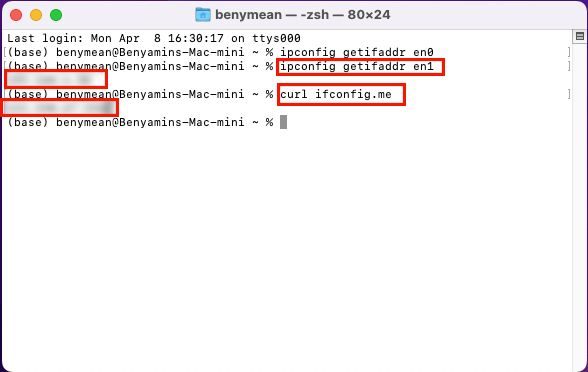Whether you use a Google Pixel phone, Chromebook, desktop, or another device to connect to the internet, you’ll encounter something that requires your IP address. Any networking activity requires knowing your IP address. It makes troubleshooting easier with internet service providers (ISPs) and tech support for software or hardware that requires an internet connection. Also, you’ll need it to remotely access your devices or share your network with other devices, such as a printer. Here’s how to find your IP address on a Mac, Windows, Android, or iOS device.
What is the IP address?
Your device’s unique position on the internet is marked by an IP (Internet Protocol) address, a numerical code allocated by your internet service provider (ISP). This code functions similarly to a residential address but for your online presence, distinguishing your device from billions of others.
Devices within your local network have private (local) IP addresses but share a common public IP address the internet service provider (ISP) allocates to your router. IPv4 and IPv6 are the two common versions of IP addresses.
IPv4 uses a 32-bit format that offers around 4.3 billion unique addresses. However, due to the internet’s growth, IPv4 addresses are running out. In response to this shortage, IPv6 was introduced, using a 128-bit format to provide a virtually limitless number of addresses.
IPv6 addresses are in hexadecimal, shown as 2001:0db8:85a3::8a2e:0370:7334. The transition to IPv6 is ongoing, with IPv4 and IPv6 addresses currently being used on the internet. Dual-stack technology allows devices to run IPv4 and IPv6 simultaneously.
IP address explained in practice
When you type example.com into your browser, your device first needs to find the IP address of the server hosting example.com. This is done through a Domain Name System (DNS) lookup.
Your device queries a DNS server, which translates the domain name into a public IP address of the website’s server. Your device sends the request to access the website to your router. This request includes the destination server’s public IP address (obtained from the DNS lookup) and is sent from your local network to the internet.
The request carries your network’s public IP address as the current source IP. This is because the internet does not recognize private IP addresses for routing. The server hosting example.com receives the request and sends the requested data back to the source IP address specified in the request, which is your router’s public IP address.
The router uses your device’s private IP to deliver the data to the correct device on your local network and loads the data for you on your screen.
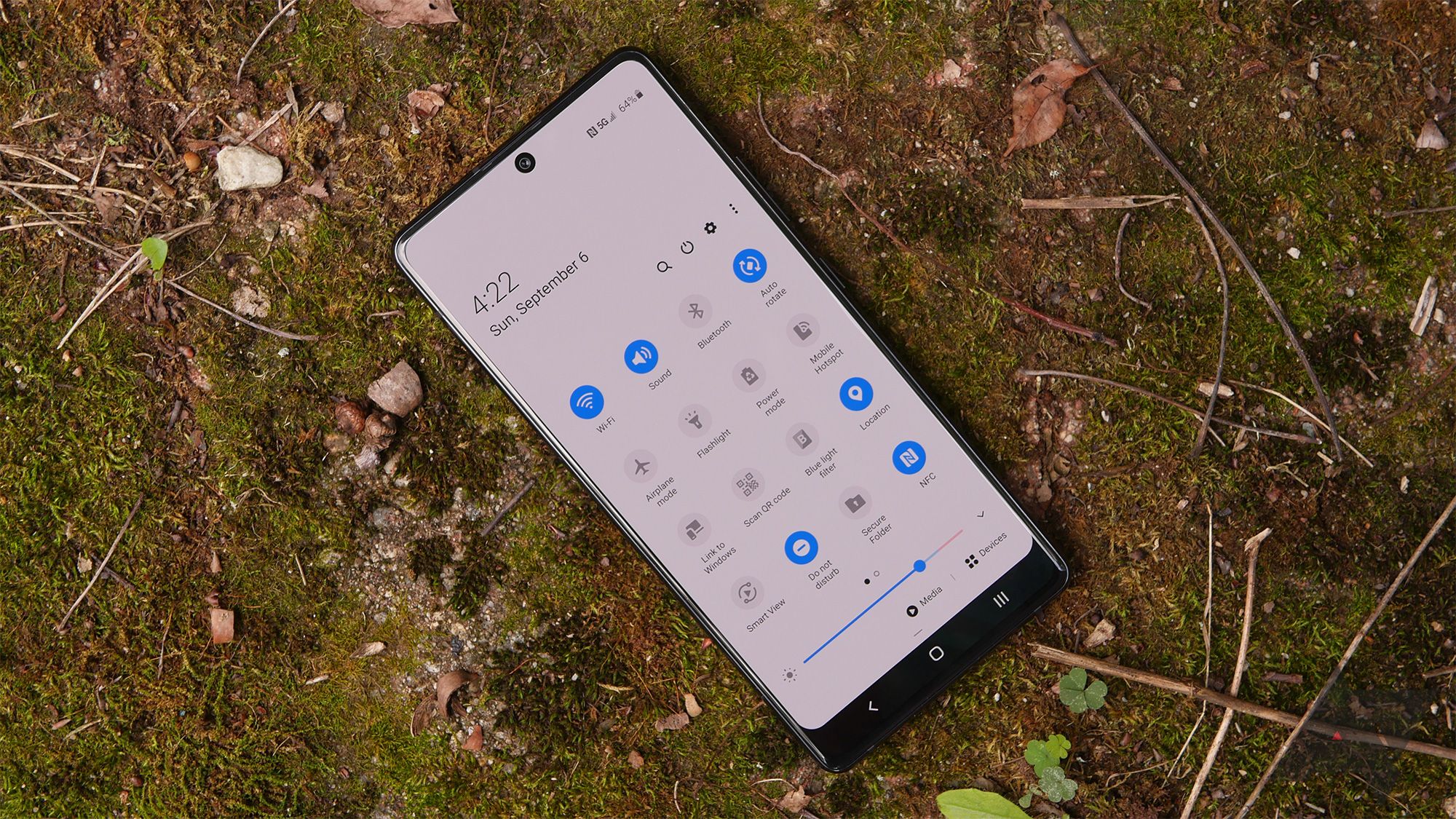
How to make Android use the DNS server of your choice
Not all DNS servers are created equally
How to find your IP address on Windows 11
To view your local IP address with Windows 11, follow these instructions:
1. Open the Windows Start menu, type Settings, and open it.
2. Navigate to Network & internet on the left panel, then click Properties.
3. Your local IP address (including IPv4 and IPv6 addresses) displays here.
How to find your IP address on Windows 10
For Windows 10, find your local IP address by following these steps:
1. Open the Windows Start menu and select Settings.
2. Choose Network & Internet.
3. For Wi-Fi connections, select Wi-Fi on the left, then Advanced Settings. For wired connections, select Ethernet and your network connection.
4. Your IPv4 address is listed here.
How to find your IP address on Windows 7, 8, and 8.1
Here’s how to find your local IP address in Windows 8, 8.1, or 7:
1. Locate and select the Network Connection icon on the taskbar, then open the Network and Sharing Center.
2. Depending on your connection type, double-click Wireless Network Connection for Wi-Fi or Local Area Connection for wired connections. Then click Details.
3. Your local IPv4 or IPv6 addresses are shown here.
Find your IP address using Command Prompt (CMD)
The following steps help you locate your local IP address via Command Prompt, regardless of the Windows version:
1. Open the Windows Start menu, type CMD, and open Command Prompt.
2. In Command Prompt, type ipconfig and press Enter to view your local IP addresses.
How to find your IP address on macOS
If you use a Mac computer, follow these steps to find your IP address:
1. Open the Apple menu, then click System Settings.
2. Click Network in the left panel, then select Wi-Fi or Ethernet.
3. Click Details next to the connected network, then choose TCP/IP to view your IP addresses.
How to find your IP address using Mac Terminal
Find your Mac’s local IP address by following these steps:
1. Press Command + Spacebar to launch Spotlight and open the Terminal. Or open Finder, go to Applications > Utilities, and double-click Terminal.
2. For Wi-Fi, type ipconfig getifaddr en1. For Ethernet connections, type ipconfig getifaddr en0 and press Enter.
3. To view your public IP, type curl ifconfig.me and press Enter.
How to find your IP address on iPhone and iPad
iPhone and iPad users can check their local IP address with these instructions:
1. Open Settings and tap Wi-Fi.
2. Tap the information icon (i) next to the network you’re on.
3. Your IPv6 and IPv4 addresses are listed here.
How to find your IP address on Android
We used a Samsung Galaxy S21 Ultra for this guide, but the process is similar for Android devices:
1. Go to Settings, then tap Connections.
2. Select Wi-Fi, then tap the settings gear icon next to your network.
3. Tap View more and scroll to find your IPv4 and IPv6 addresses.
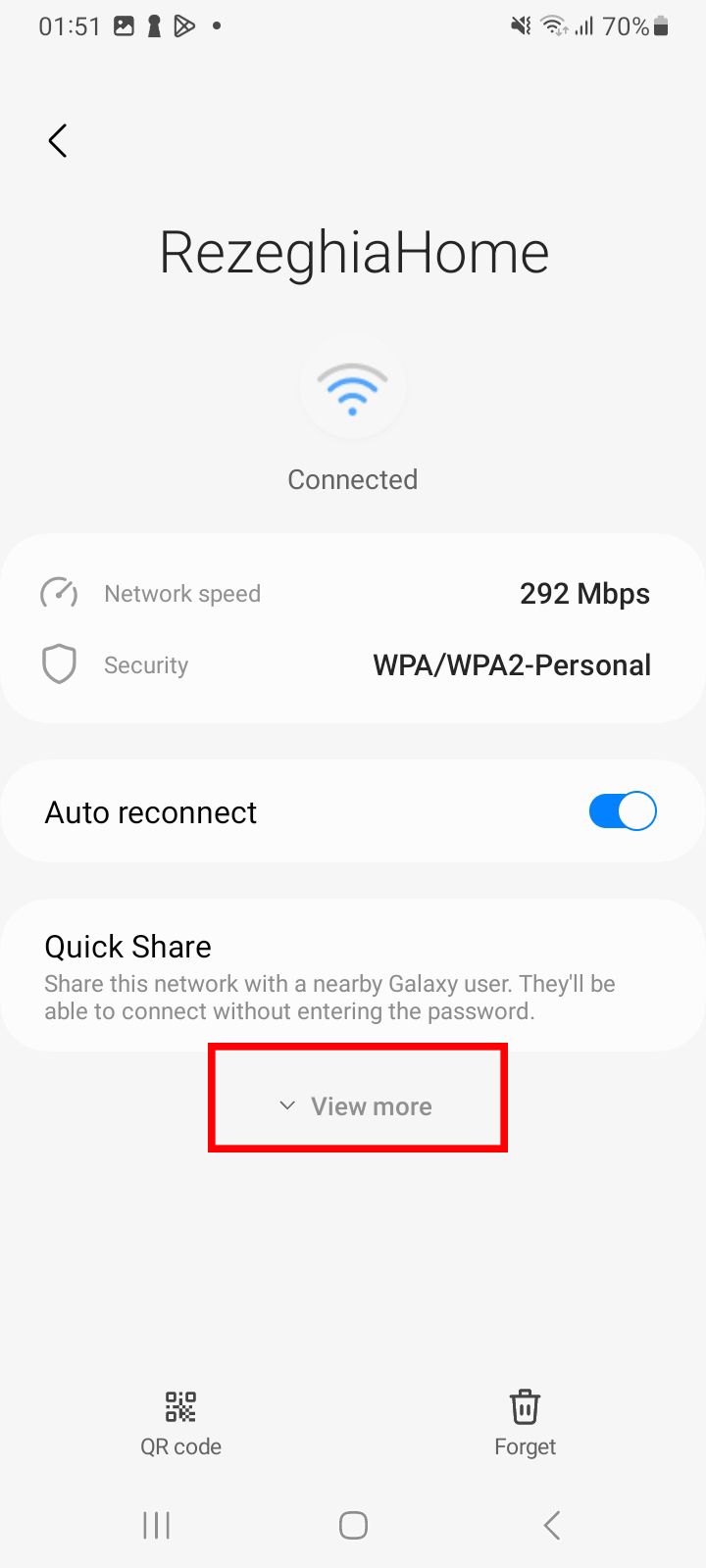
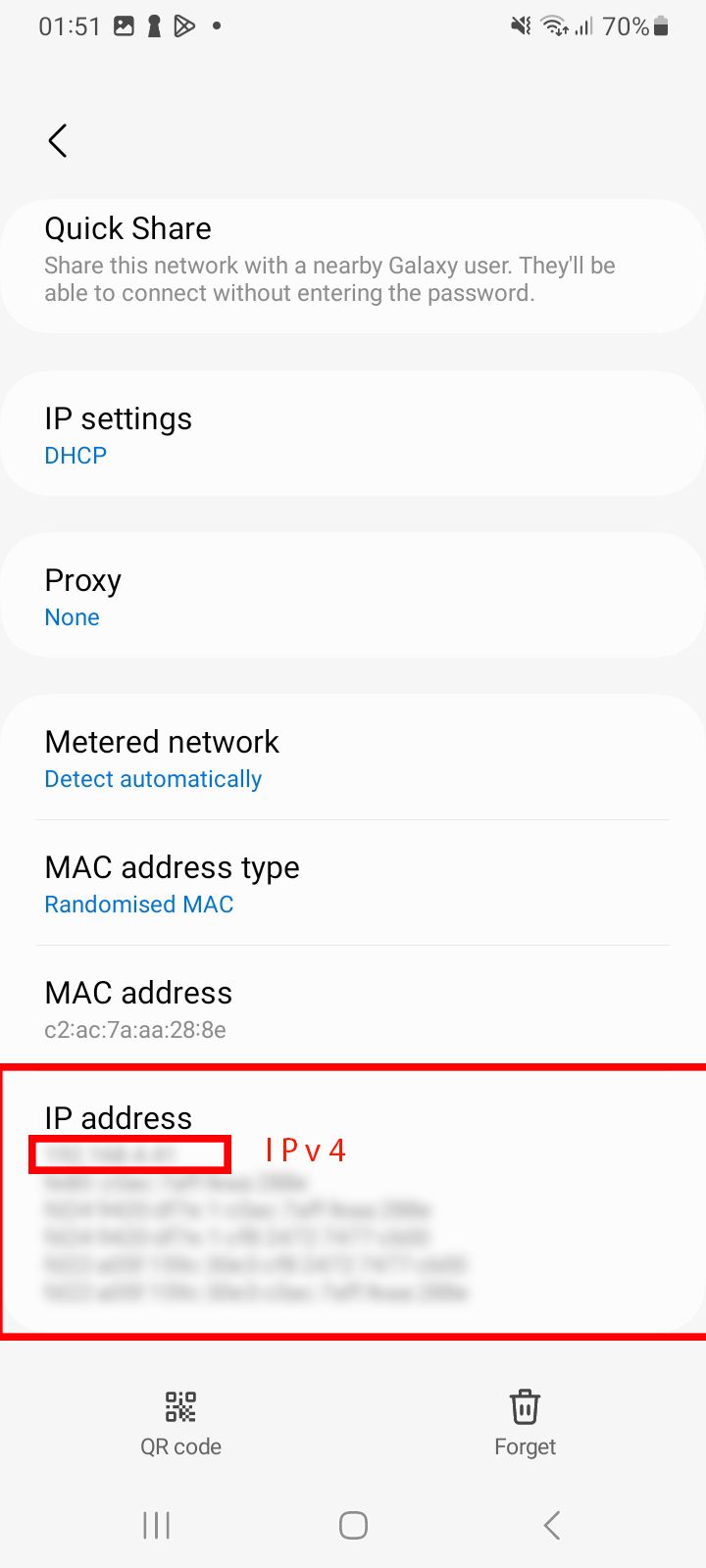
Online anonymity depends on protecting your IP address. IP addresses can be traced to reveal your location, making it easy to track you down on the internet. Combining this information with metadata and cookies could lead to identity theft. One way to hide your IP is to use a virtual private network (VPN), which masks your IP address. We ranked the best VPNs to help you choose the right one for your online privacy.

How to trace an email to its source IP address
In this guide, find out how to trace the IP of the sender’s email
Source link

